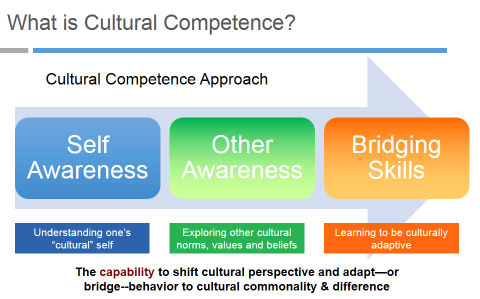My clinical experience alongside a Norwegian nursing student culminated this afternoon. I was fortunate to be paired with Nagma, an enthusiastic and friendly student who is graduating from nursing school in 3 weeks. Her final clinical is in the home health setting, so each day we have been part of the team that travels to residences in the north region. Today we saw two patients who we’ve previously visited! We took the subway to get to this particular area, and then walked to both apartments from there. One of our patients is a paraplegic and just moved to Oslo to receive better care. The home health facility has taken care of this patient since she arrived a month ago, and has required that two nurses visit her at a time. This directly correlates with public health core competency 2B12, “implements strategies for continuous quality improvements”(The Council on Linkages between Academia and Public Health Practice, 2014). The patient actually remarked how she is not used to such good care and multiple nurses coming to her home, as she lived in a smaller town with more limited access. There are many other examples I have witnessed of extra efforts the nurses make within the home health setting in Norway to improve the quality of care for their patients, such as making them food to help ensure they will eat. Many of the patients we saw over the course of the last three days are elderly and alone, so this small effort by the nurses goes a long way.
My remarks about food preparation actually correspond with the SDG Goal 2, Zero Hunger. Often, hunger is related to lack of access. Normally we wouldn’t think of those in Norway, a developed country, having lack of access to food or being hungry, as a large percentage of those who are hungry are in developing countries (United Nations, n.d.). However, many of the elderly patients we visited were given access to food by the nurses from the home health agency. The nurses often prepare and order food for the patients, as many cannot make or order food themselves. Therefore, they totally rely on these nurses for food access and security, as these patients still technically live independently. The elderly are often considered a vulnerable population and it is reassuring to see that this home health agency has identified food access as a need and has stepped up to help alleviate the issue. This approach will likely need to continue, as by 2030, it is predicted that 1/3 of Norwegian municipalities will have 1/4 of their residents over the age of 67 (Royal Norwegian Ministry of Labour and Social Affairs, 2016).
As a future family nurse practitioner, I will be treating patients throughout the lifespan. This includes patients who live independently but may have other needs impacting their health, especially those related to their home environment/situation. I have a responsibility to ensure their needs are being met, whether I can help them directly or provide them with the appropriate resources to assist in addressing all of their needs. For example, if I assess a patient and notice they are consistently losing weight, I can try to figure out their home situation in regards to food access, cooking options, and transportation difficulties. I could also coordinate with a nutritionist or dietician to assist in ensuring their dietary needs are being met. This of course would happen after I have ruled out medical causes.
All in all, I am so grateful to have worked with Nagma these last few days and to be given the opportunity to witness how home health works in Norway. I look forward to the rest of the trip!
The Council on Linkages between Academia and Public Health Practice. (2014, June 26). Core competencies for public health professionals. Retrieved from http://www.phf.org/resourcestools/Documents/Core_Competencies_for_Public_Health_Professionals_2014June.pdf
Royal Norwegian Ministry of Labour and Social Affairs. (2016, June). UNECE National Report on Ageing 2016- Norway. Retrieved from https://www.unece.org/fileadmin/DAM/pau/age/country_rpts/2017/NOR_report.pdf
United Nations. (n.d.). Sustainable Development Goals. Retrieved May 9, 2019, from
https://www.un.org/sustainabledevelopment/hunger






















